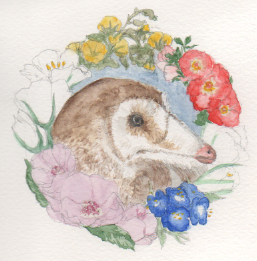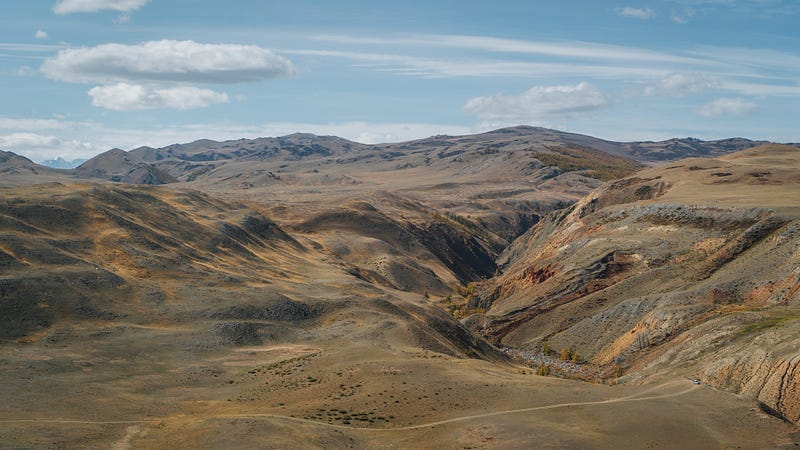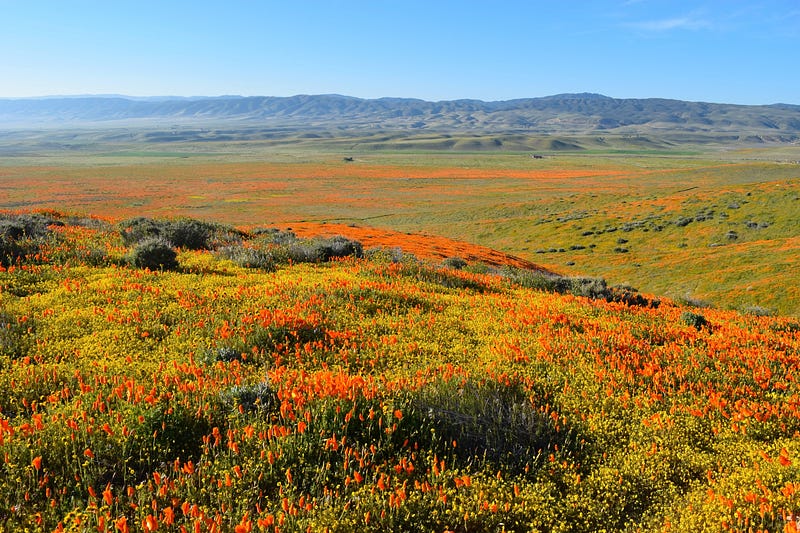Mononykus: The Adorable Insectivore of the Late Cretaceous
Written on
Chapter 1: Introduction to Mononykus
Who exactly is Mononykus, the beloved star of Prehistoric Planet? This intriguing insectivore from the late Cretaceous period has garnered significant attention and adoration.
Is it a dinosaur, an owl, an anteater, or perhaps even a terrier? Before I watched the episode, I encountered numerous memes featuring this peculiar, barn-owl-like dinosaur that was making waves across social media. The excitement was palpable! After watching Episode 2, titled "Deserts," I finally understood the fascination. Mononykus has quickly emerged as a fan favorite.

This captivating theropod, recognized as an alvarezsaurid, is characterized by its stumpy arms, long tail, and slender legs. Initially, I assumed the term "Alvarezsauridae" paid tribute to the renowned Alvarez family, known for their asteroid impact theory regarding the extinction of the dinosaurs. However, the name actually honors Gregorio Álvarez, a notable Argentine author, historian, and physician.
The most distinguishing feature of Mononykus was its large claw on each of its small front limbs, which may have been adapted for hunting insects such as termites. It lacked other digits, and the fossil evidence reveals much about these fascinating creatures. Mononykus was bipedal and likely had a fluffy coat of feathers, contributing to its endearing appearance in Prehistoric Planet. With its feathery tail included, this little dinosaur measured just over a meter in length, or about a yard.
Fossils of Mononykus have been discovered in the Gobi Desert, which has not always been arid. This region likely formed only a few million years ago during the late Pliocene. However, these tiny dinosaurs likely roamed extensively across Asia, making the depiction of Mononykus in a sandy desert context by Prehistoric Planet quite plausible.
Chapter 2: Mononykus in Its Habitat
In Prehistoric Planet, Mononykus is portrayed as a curious creature navigating a dry environment, skillfully extracting termites from a log using its distinctive claws. The depiction of this dinosaur licking up its meal with an anteater-like tongue showcases its unique feeding behavior. Following a rare rainstorm that revitalizes its arid habitat, Mononykus must adapt to a spectacular superbloom of flowers that erupts across the landscape. This vibrant display, where millions of flowers flourish in the wake of rainfall, is one of nature's most stunning spectacles, illustrating life's remarkable resilience: "Just look at what I can achieve with a little water!"
The concept of a superbloom in a desert setting, as illustrated in the show, aligns with the ecological dynamics of the late Cretaceous, when flowering plants began to thrive.

Of course, much of what is presented in Prehistoric Planet is grounded in educated conjecture. While Mononykus is likely to have been a fluffy little dinosaur, we lack definitive evidence regarding the presence of owlish features that might have helped in sound localization. Additionally, the existence of a long tongue for slurping insects remains unconfirmed. Nevertheless, the portrayal of prehistoric animals in the show is often informed by fossil evidence or modeled after behaviors seen in modern animals.
How many other charming extinct species, whether dinosaurian or otherwise, remain to be discovered and appreciated? Mononykus certainly seems deserving of the affection it receives, even though some fans jokingly refer to it as the "long owl" due to its whimsical depiction in Prehistoric Planet. This little theropod is significant not just because it roamed the Earth eons ago, but also because it is part of the intricate tapestry of life, just like us. A heartfelt thank you to Prehistoric Planet for showcasing such a diverse array of ancient life, including the adorable Mononykus. The potential for uncovering more lost worlds of fossils is limitless; Mononykus and its singular claw have only begun to scratch the surface!

What do you think of my artwork? If you're interested in seeing more or would like to feature it on something, feel free to check it out here!